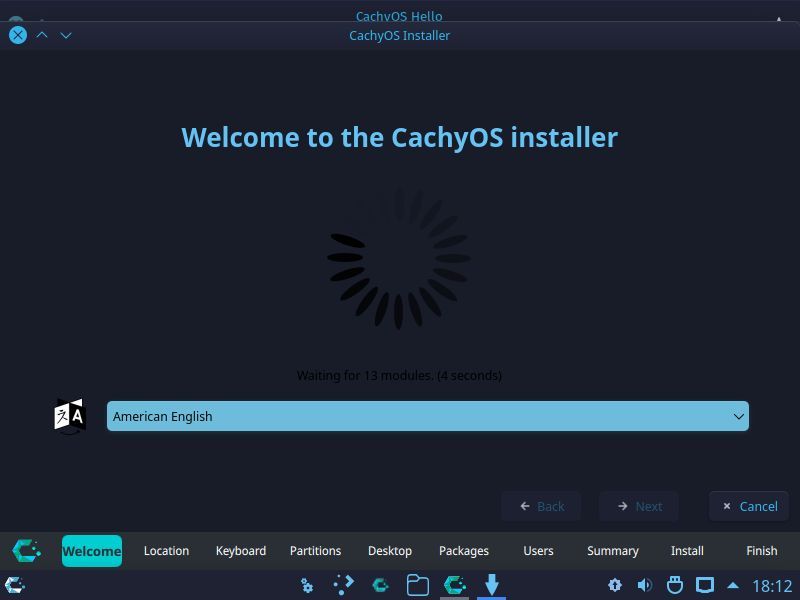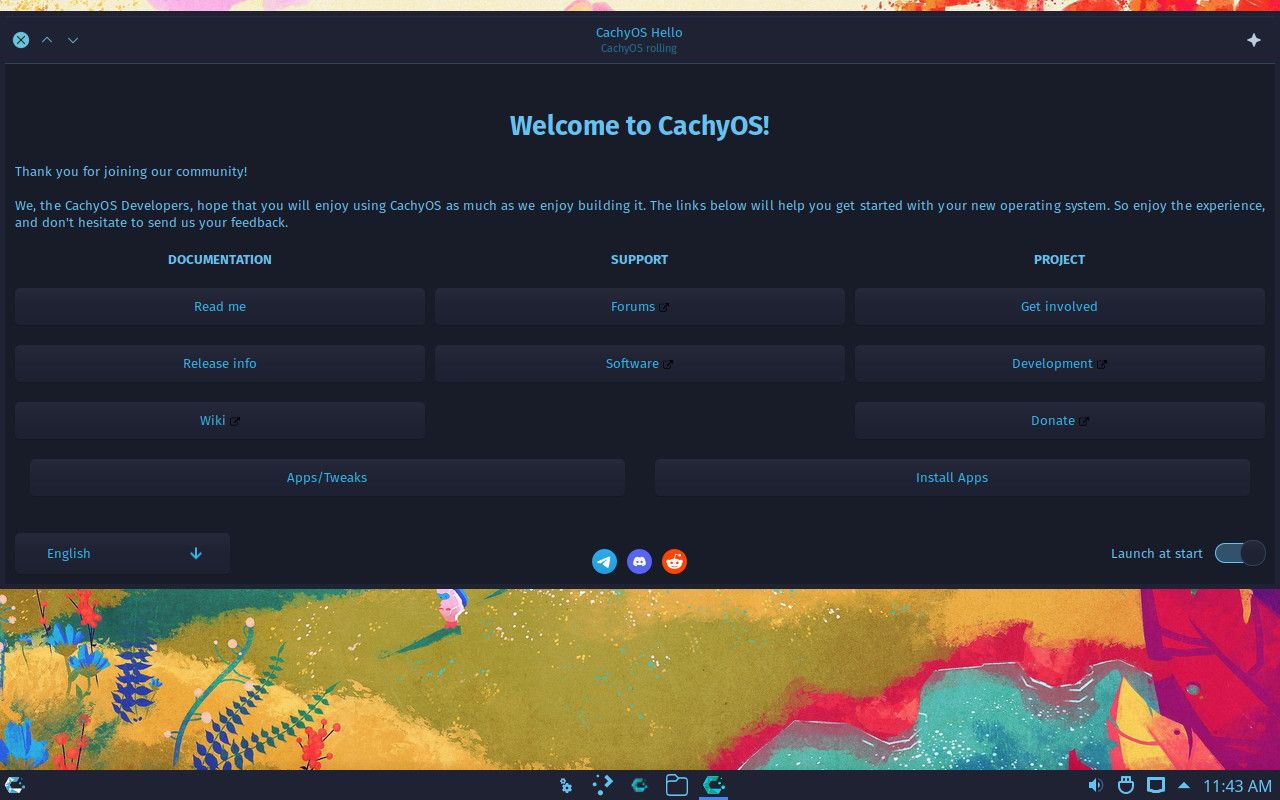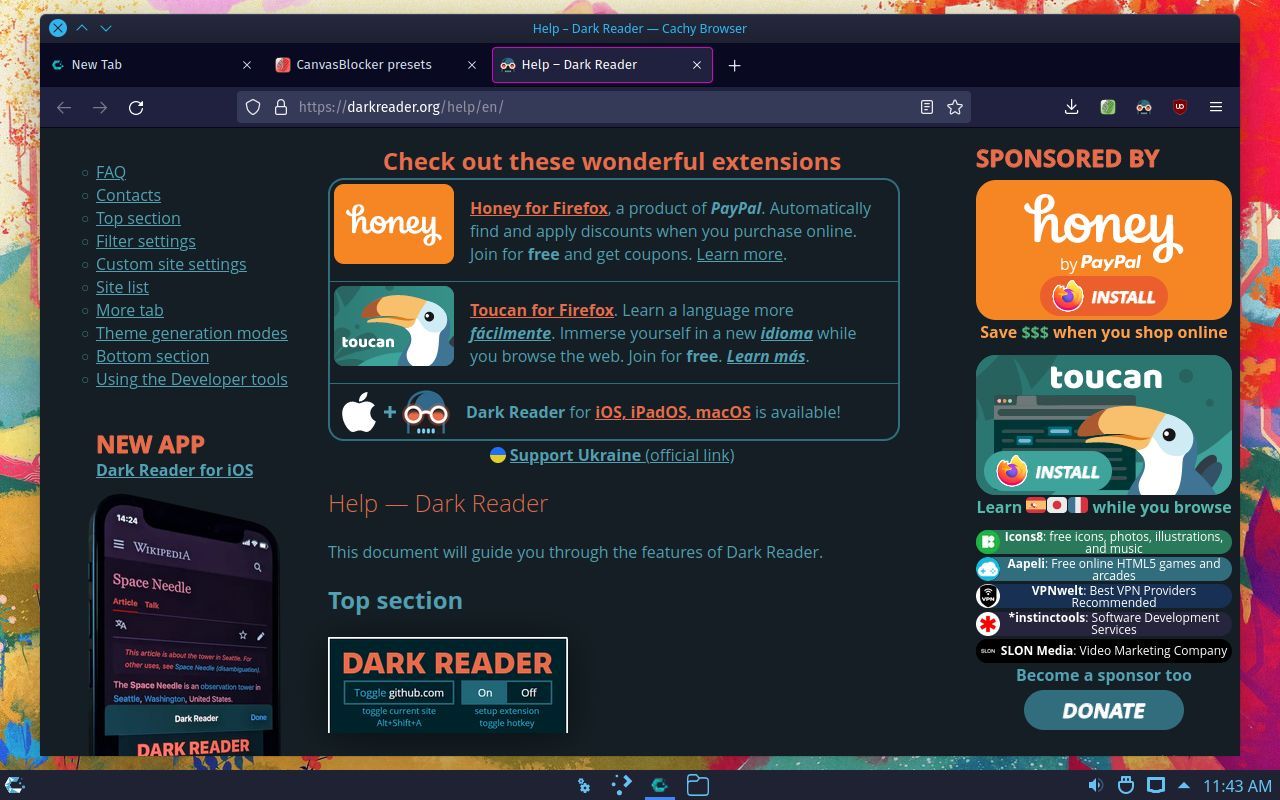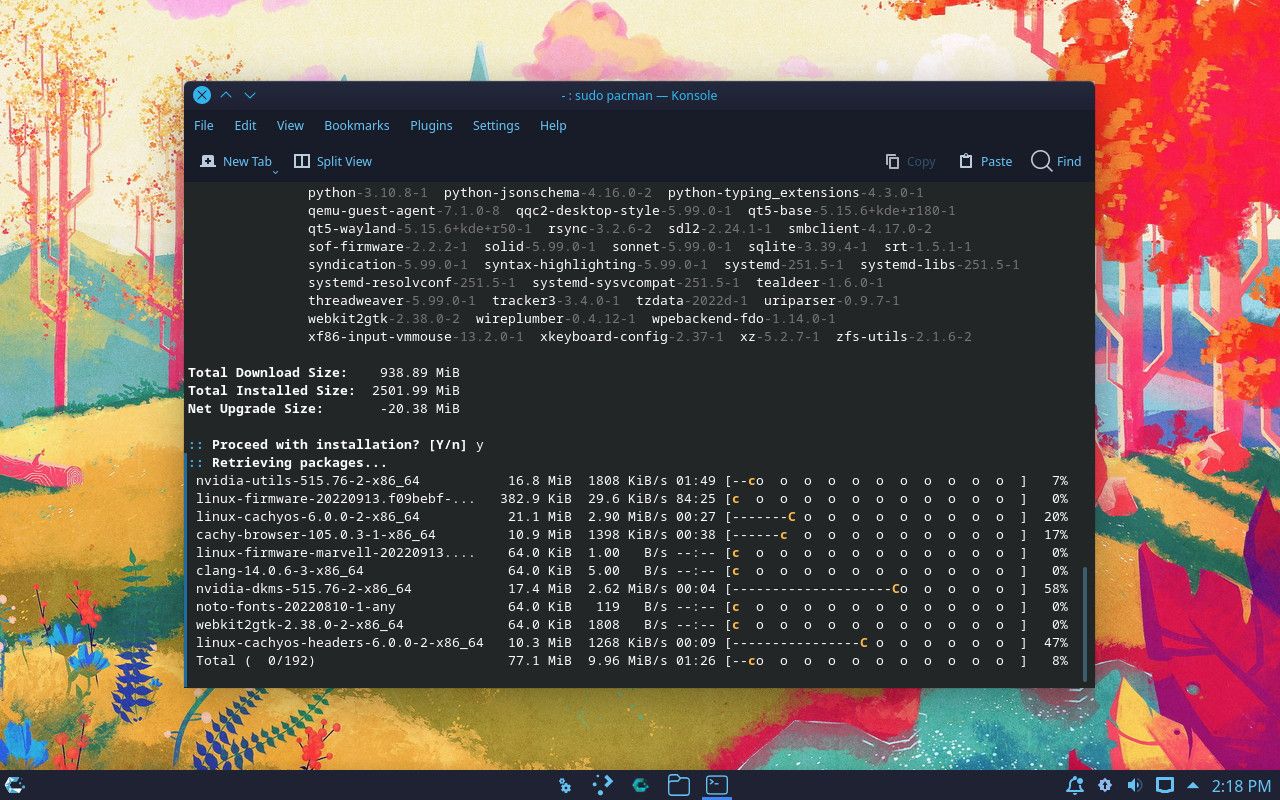Arch Linux has become popular among Linux experts because of its customizability and use of the latest software, but it also has a reputation for being difficult to install.
CachyOS is an Arch-based distribution that aims for both performance and user-friendliness. Is CachyOS for you? Let's find out.
What Is CachyOS?
Based on Arch, CachyOS comes with a couple of key modifications. The most noticeable is that it actually installs a desktop environment by default. The default choice is KDE Plasma, but others are available.
CachyOS also attempts to tune its performance to your machine. There are several alternate kernels available tuned to specific hardware.
Installing CachyOS on a PC
Installing CachyOS is similar to installing any other Linux distro. You download the ISO and extract it to your boot media, then start up your machine with it in the drive or USB port. You'll be greeted with a live environment and from there, you get a welcome screen and the ability to start the installer.
One key difference from its parent distro is that CachyOS actually has an installation program instead of making you type out commands on the command line. A CLI is also available for those who need it.
You'll set up your partition scheme and select your region and language, among other things. The partition screen seems a little difficult to use compared to other systems because their terminology seems a little different from other distros.
You can choose from either an offline or online installation. The latter will download the latest packages, similar to a regular Arch install. This option didn't work when it was tested on a virtual machine.
The offline installer just uses the software that comes with the installation image.
CachyOS Desktop Environment
CachyOS seems to want to offer a lot of choices for a default desktop. KDE Plasma is the most prominent choice, but CachyOS supports a number of popular Linux desktop environments, all with a custom dark theme. You can get an installer with Cutefish, i3, GNOME, Openbox, Wayfire, LXQT, bspwm, Kofuku, and XFCE.
While CachyOS presents itself as a user-friendly alternative to a stock Arch installation, having all these choices available at once might seem overwhelming to new users. It might have been better to pick one environment to concentrate on since more experienced Linux users will simply install their favorites through the package manager.
The default KDE environment looks attractive and responds quickly, even in a low-spec virtual machine.
CachyOS includes a customized version of Firefox called the Cachy Browser. Other included apps include the Micro text editor, Qt Assistant, Qt Designer, Qt Linguist, and QT QDBusViewer. This makes sense when you know that KDE is built on the Qt toolkit.
Despite the browser and these Qt development tools, there's not much beyond the standard KDE system. LibreOffice isn't even installed as it is on most other desktop Linux distros. If you want to use it on CachyOS, you'll have to install it through the package manager unless you use Google Docs or Sheets through the browser.
Package Management in CachyOS
Managing packages seems straightforward. If you're already familiar with Arch and Pacman, you can just update everything at once with the familiar pacman command:
sudo pacman -Syu
With CachyOS's attempt at user-friendliness, there's also a graphical way to update packages. As CachyOS is quite similar to its parent distro—Arch Linux—you might find yourself running this more often than on other systems, as Arch is a rolling-release distro and packages come out as soon as they're ready.
The graphical utility simply shows the proposed packages you can update. You can check or uncheck certain packages. Most of the time, you'll want to update all of the available ones, but bugs occasionally crop up, so you might want to hold off on a certain package. This might also be daunting for new users.
CachyOS aims to balance user-friendliness with transparency. When the update runs, it shows a text window like a terminal, running the pacman command. It will also advise you when you want to reboot, usually after installing things like the kernel.
As with its parent Arch, since it updates so quickly, you might find yourself rebooting a lot. If uptime is important to you, you might best be served with another distro.
How Does CachyOS Perform?
While CachyOS makes some claims about software optimization, it might be hard to tell the difference from other distros. The kind of hardware and desktop environment you install and use will likely govern the real-world performance of CachyOS.
A faster machine running a lightweight desktop environment like LXQt will likely fly, while a low-spec machine with a more demanding desktop like GNOME or KDE will be slower.
CachyOS or Regular Arch? The Moment of Truth
CachyOS, for all its promise, still seems incomplete. The lack of an office suite, though not a dealbreaker, will limit its appeal even if it's easy to install separately. The installation program still seems obscure for non-technical users. Even its website still seems incomplete, with one link going to a template.
For those who want a more established community, there are other choices. Manjaro is another attempt to make Arch more user-friendly.
For those with a more technical bent and willing to do their homework before installing it, the stock Arch distribution might be a better fit. While the installation is more complex, it's only done once and you can customize Arch to your needs. Arch also has a very good wiki that makes the more technical aspects of the distro easier to understand.
CachyOS is a young distro, so there will be some inevitable growing pains. If it can attract a user community the way other Arch-based distros have, CachyOS could catch on. That will take a lot of attention to detail on the part of developers to create a more polished experience.
It will be interesting to see how this distro evolves in the future. With its parent rolling-release pace, it won't take long.
An Arch Linux-Based Newcomer to Watch
CachyOS is yet another attempt to take Arch Linux and make it accessible to less technical users. CachyOS may be the new kid on the block, but there are already a couple of distros like Manjaro and EndeavourOS that aim to make Arch more accessible.





